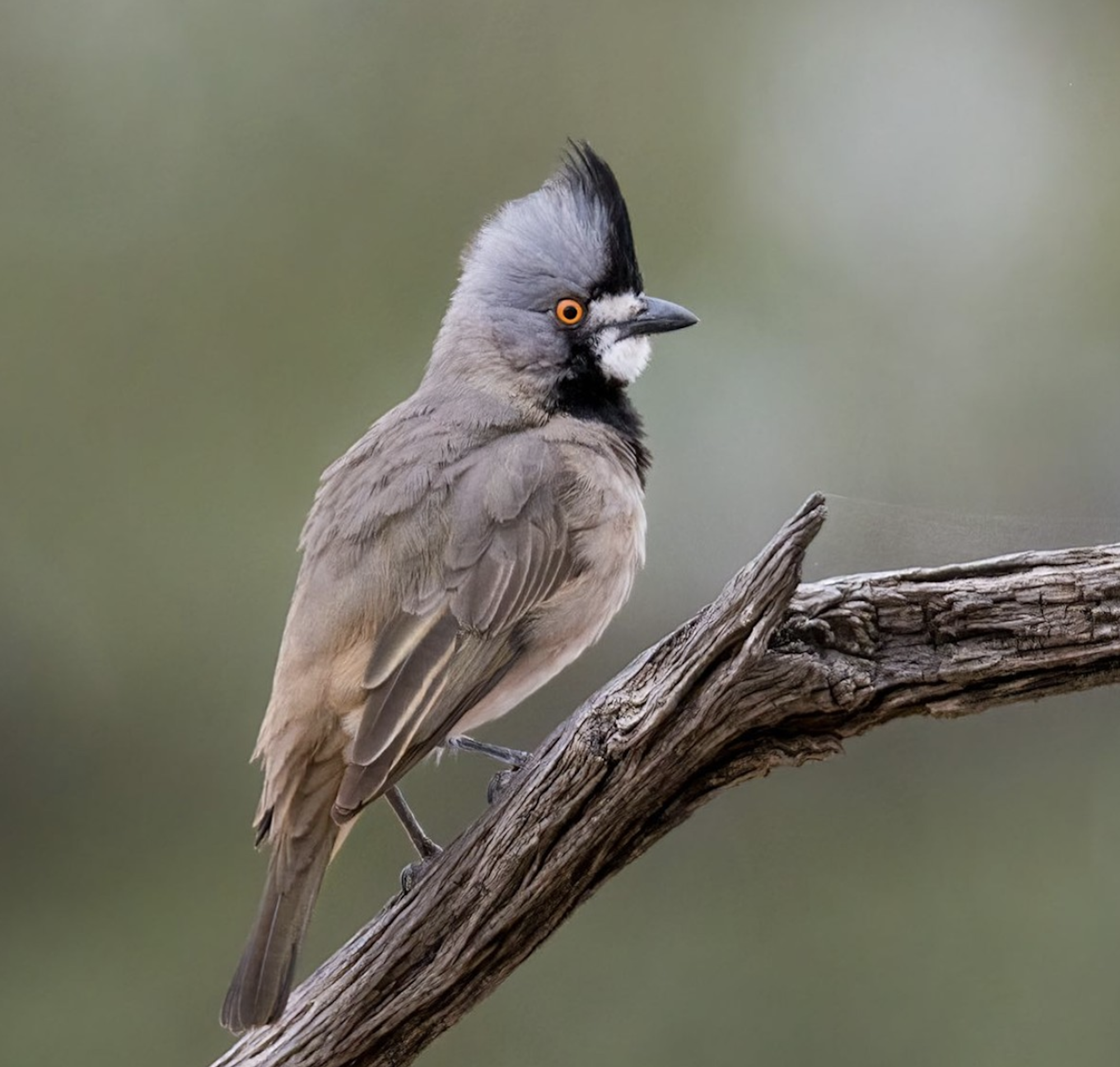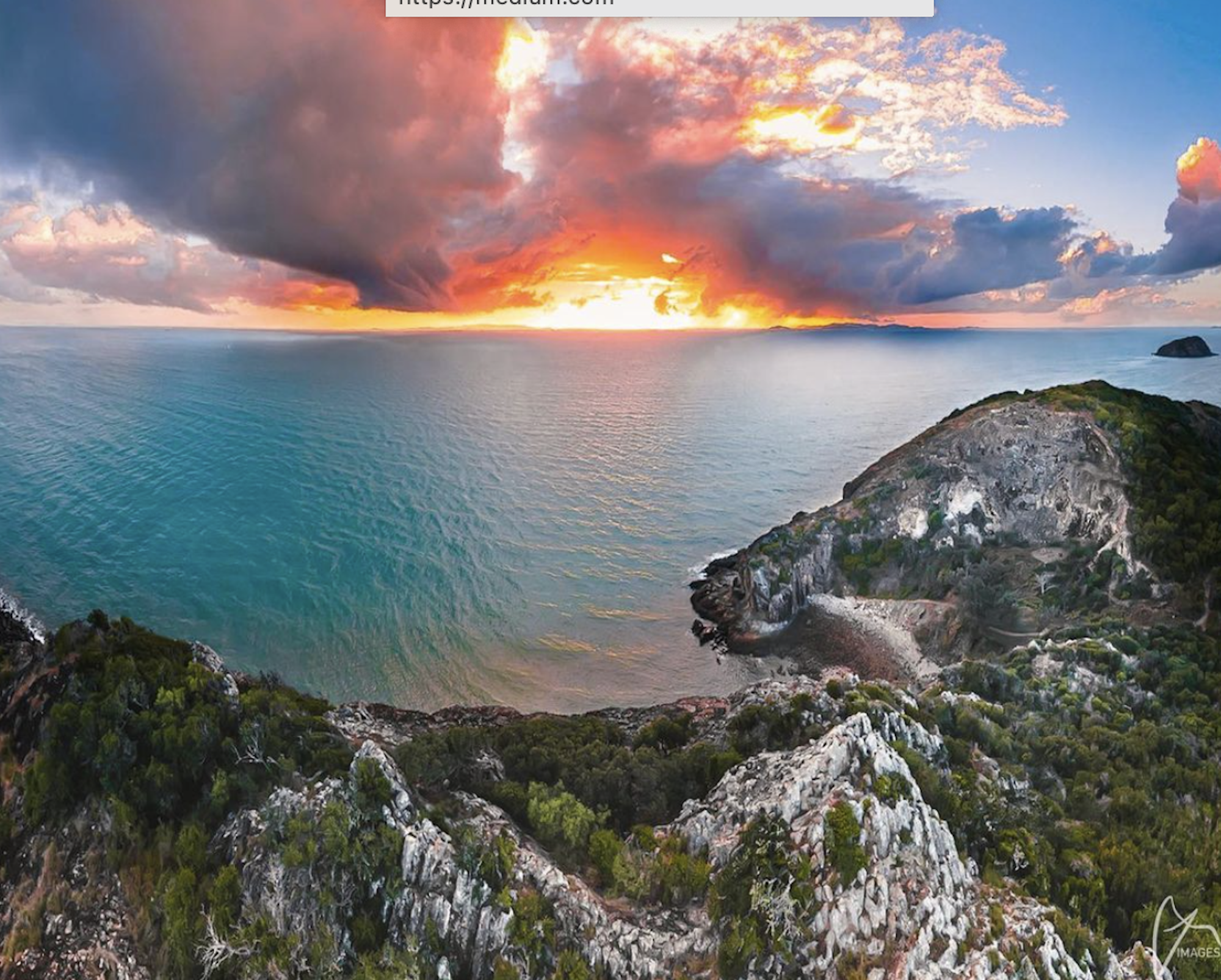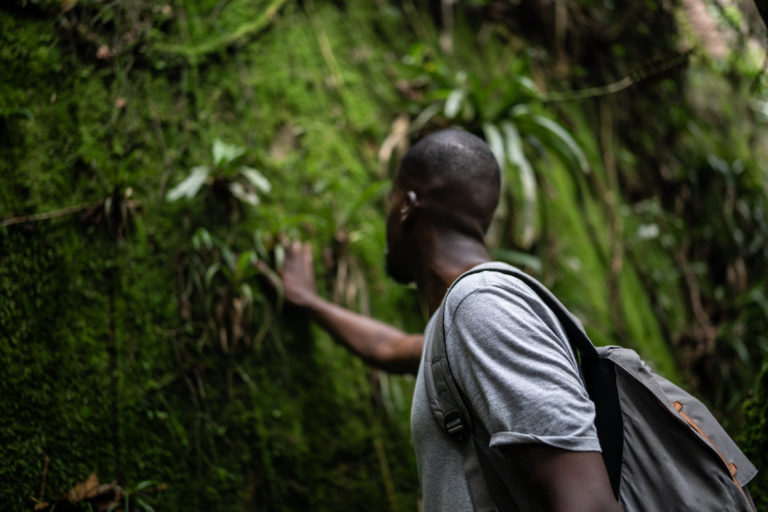
Why do Australians celebrate “Gravy Day”?
You may have had gravy, but do you know how to make it? Sure. Gravy. Tasty. But what’s it got to do with Christmas? And why is it so significant that we now have Gravy Day? It all starts with Paul Kelly’s 1996 song, “How to Make Gravy”. Dr Ben Green explains.






 Rhetta Chappell
Rhetta Chappell
